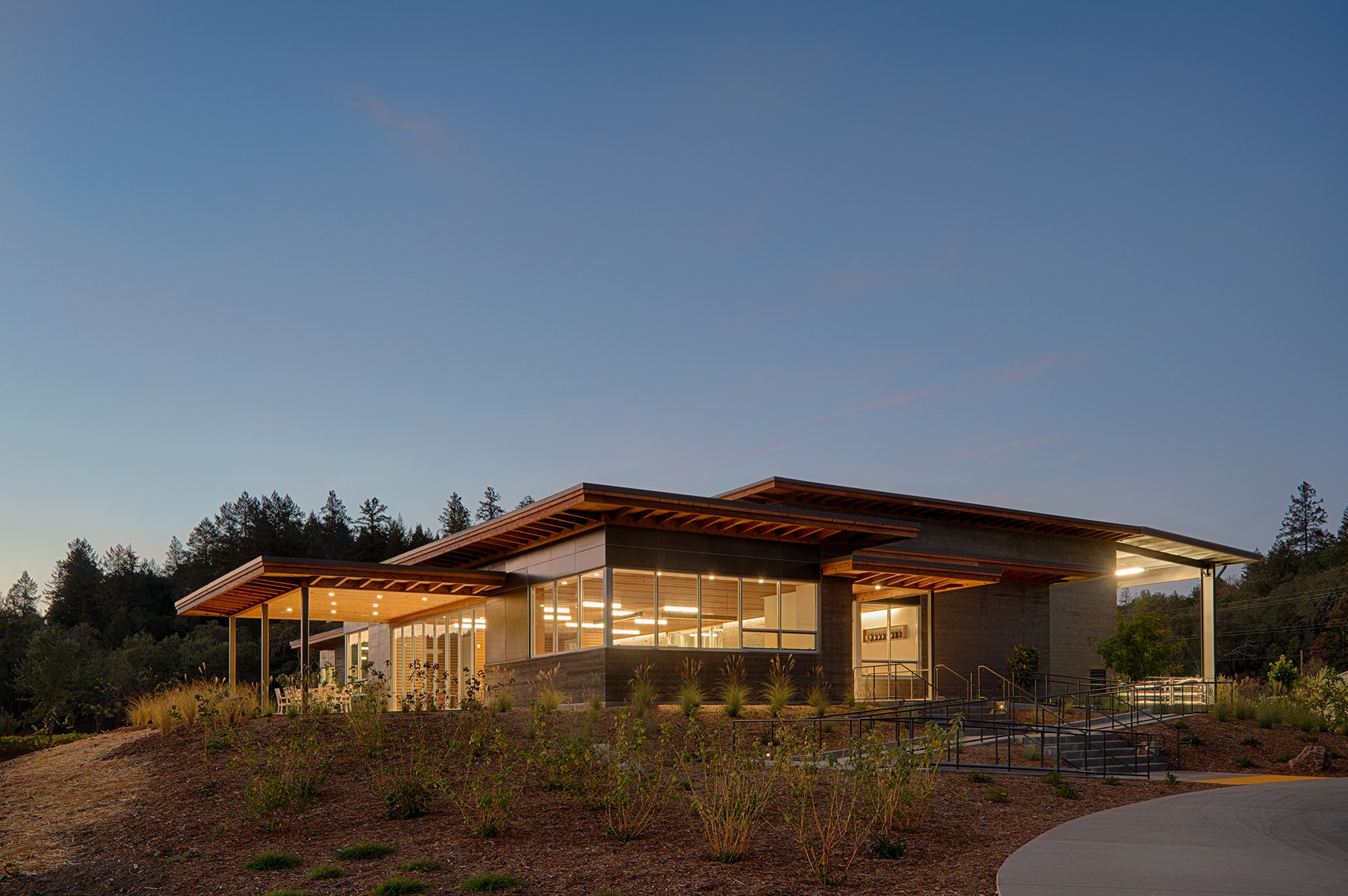Green Building Strategies for Winery Construction Projects
October 11, 2024 Winery Construction, Winery DesignThis article explores green building strategies for winery construction projects that can reduce environmental impact and maintain high standards of quality and aesthetics.
Key Strategies for Sustainable Winery Construction
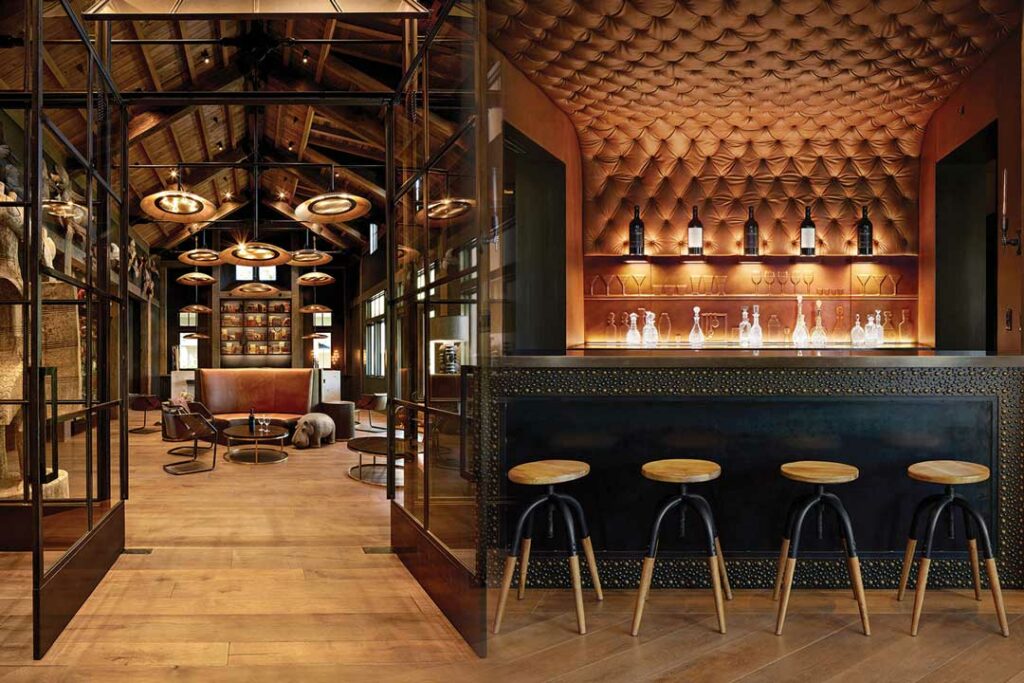
In winery construction, where the production of wine is deeply connected to the land, adopting sustainable methods is particularly important. Green building allows wineries to reduce their carbon footprint both during and after construction with methods that maximize efficiency and minimize waste.
Below, we outline key strategies for building a sustainable winery, from energy conservation techniques to sustainable materials and green building practices.
Pursue Winery LEED Certification
Leadership for Energy and Environmental Design (LEED) is a globally recognized certification system that awards buildings for sustainability. It promotes green building practices by encouraging energy efficiency, water conservation, and the use of environmentally friendly materials.
Wineries pursuing LEED certification can not only improve their operational efficiency but also help preserve the land and maintain the viability of agricultural operations for generations to come.
Integrate Energy Efficiency Systems
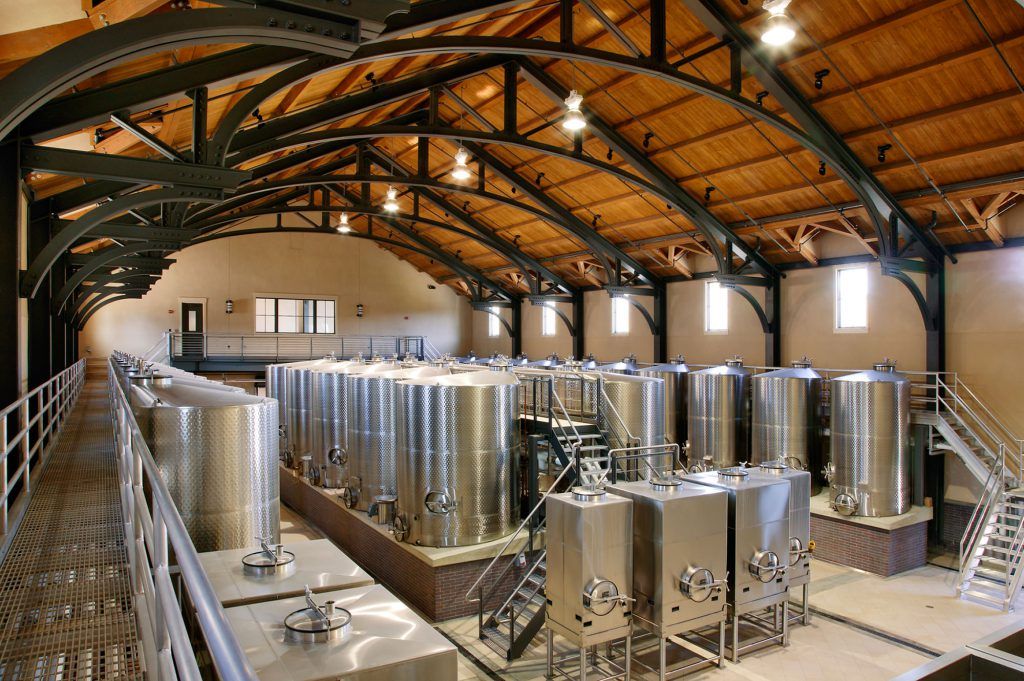
Energy consumption is a major factor in winery operations, particularly for temperature control in fermentation and storage areas. Integrating energy-efficient systems during a winery construction project can drastically reduce energy usage and costs:
- Solar panels
- Wind power
- Natural ventilation
- Energy-efficient HVAC systems
- And more
Implementing energy-efficient systems like these not only helps the environment but can also cut a winery’s energy expenses.
Leverage Natural Light
Electricity is a leading contributor to global CO2 emissions1, but it also presents numerous opportunities for sustainable alternatives. One of the most cost-effective and straightforward strategies is leveraging natural light. Consider incorporating design elements such as skylights or large windows that let in natural daylight to minimize reliance on artificial lights while still providing adequate illumination.
This can significantly reduce energy usage and carbon dioxide emissions2. In fact, by increasing natural lighting by 3 to 6%, wineries can decrease their yearly average CO2 emissions by 3%.
Prioritize Water Conservation Techniques
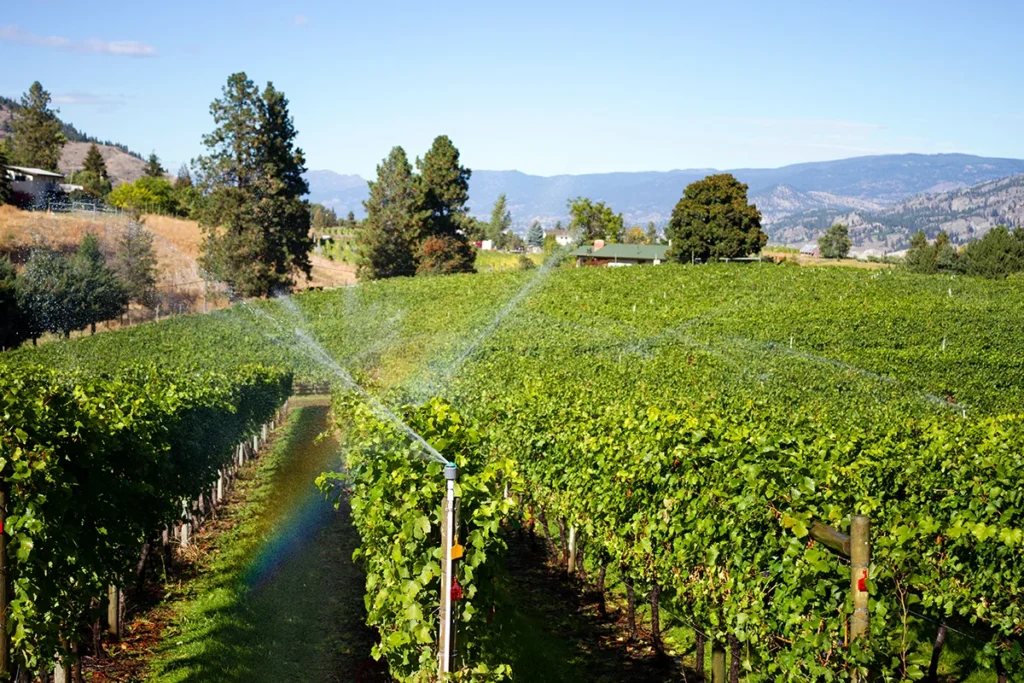
Water is essential for both grape cultivation and winery operations, making conservation a priority. Collecting and storing rainwater for use in vineyard irrigation reduces the need for fresh water and helps preserve local water resources.
Implementing water-efficient irrigation systems like drip irrigation can also reduce water waste and ensure that vineyards receive precisely the amount they need.
Use Sustainable Building Strategies
Using low-impact, recycled, or reclaimed materials during a winery construction project is a great way to increase sustainability during the construction phase. An example is low-carbon concrete, a more environmentally friendly alternative to traditional concrete, which is a leading contributor to industrial pollution3. You can also consider incorporating reclaimed wood into your project, which minimizes lumber waste and the environmental impact of logging.
Pre-Engineered Metal Buildings (PEMBs)
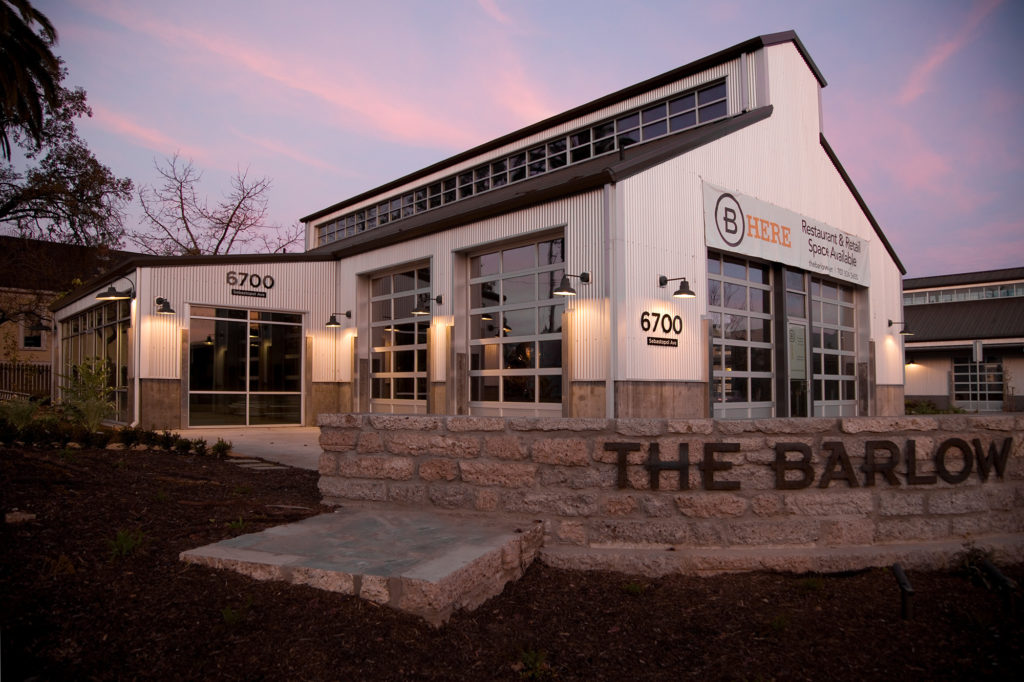
A pre-engineered metal building (PEMB) is a factory-built structure commonly used in winery construction. These prefabricated buildings are incredibly durable, cost-effective, and versatile—and they are also highly energy efficient due to features like reflective roofs and great insulation. Their energy efficiency, minimal design, and quick construction process make them a sustainable option for green winery construction.
Cool Metal Roofing
Cool metal roofing absorbs and redirects sunlight to reduce heat inside a building. This method is commonly used in PEMB construction but can also be implemented with traditionally built structures. It helps reduce energy usage by encouraging less HVAC reliance and minimizing energy waste, which also lowers cooling costs. When choosing cool metal roofing, consider options with high Thermal Emittance (ɛ) and Solar Reflectance Index (SRI) ratings.
Gravity Flow Wine Production
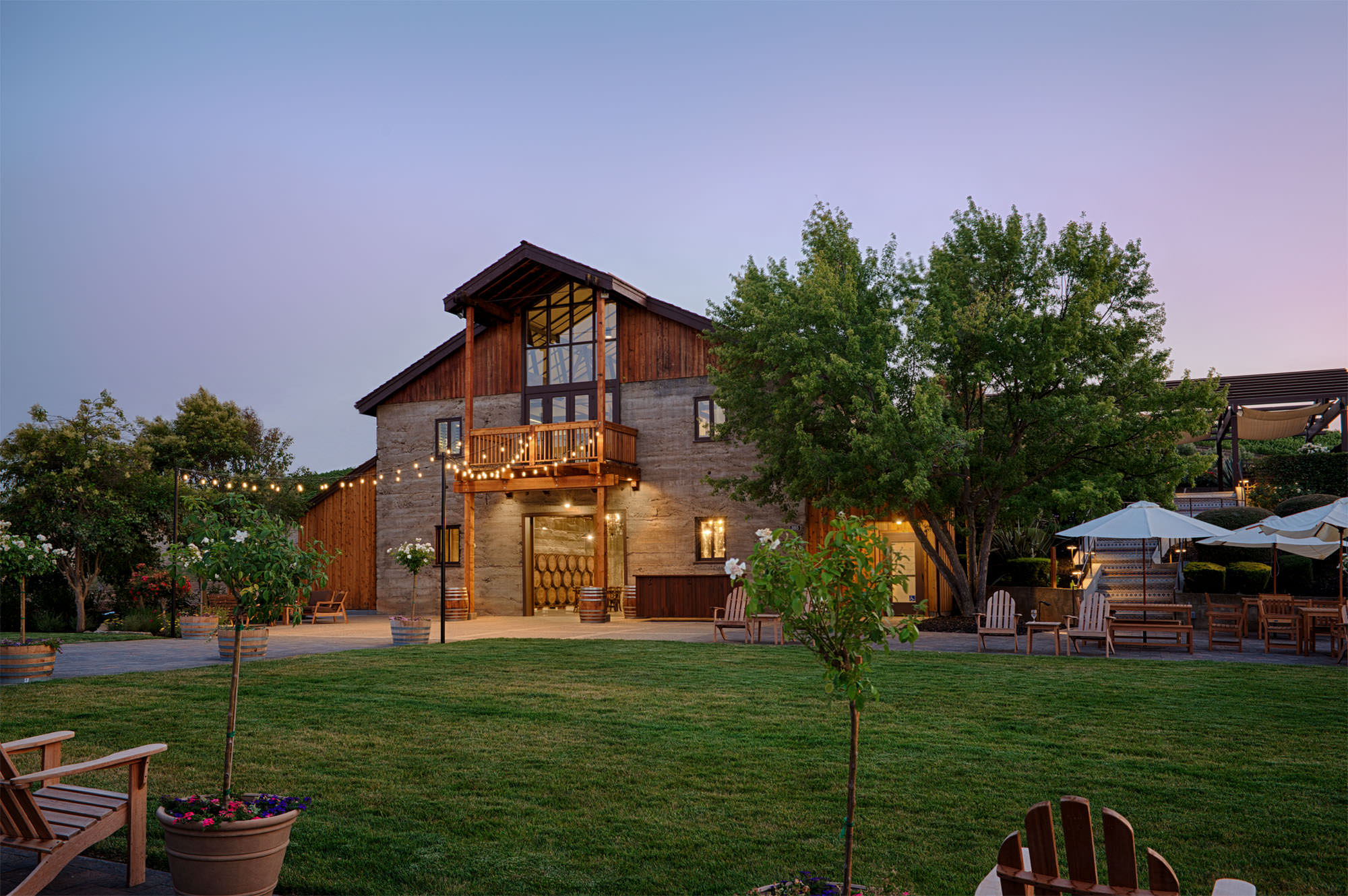
Gravity flow wine production is a winemaking process that relies on gravity to move the wine through various production phases, as opposed to mechanical pumps. By using gravity alone, this method significantly reduces electricity and water usage, drastically minimizing energy usage and reducing the facility’s overall carbon footprint.
In addition to being energy efficient, gravity-flow wineries are cost-effective, enhance the wine’s texture, preserve its natural taste, and require less maintenance than heavily mechanical alternatives.
Partner With Green Building Experts for Your Winery Construction Project
By adopting the right green building strategies during your winery construction project, you can create a sustainable facility that produces exceptional wines with minimal environmental impact. If you’re looking to partner with a construction company that understands the nuances of green winery construction, look no further than FDC.
With over 40 years of experience and a passion for sustainability, our team of experts is ready to help you transform your vision into reality. To learn more about our winery construction services, contact us online or call (707) 523-1722 today.
References
- Ritchie, H., Rosado, P., & Roser, M. (2024, January 5). Breakdown of carbon dioxide, methane and nitrous oxide emissions by sector. Our World in Data. https://ourworldindata.org/emissions-by-sector
- Bashir, F. M., Dodo, Y. A., Mohamed, M. a. S., Norwawi, N. M., Shannan, N. M., & Afghan, A. A. (2024). Effects of natural light on improving the lighting and energy efficiency of buildings: toward low energy consumption and CO2 emission. International Journal of Low-Carbon Technologies, 19, 296–305. https://doi.org/10.1093/ijlct/ctad130
- 7 green building products to explore in 2024 | U.S. Green Building Council. (2024, January 17). https://www.usgbc.org/articles/7-green-building-products-explore-2024
